Designers Reveal Their Top Fall Container Recipes – These 4 Planting Combinations Will Stay Looking Gorgeous Into Winter
Create a beautiful display that will last with these expert ideas
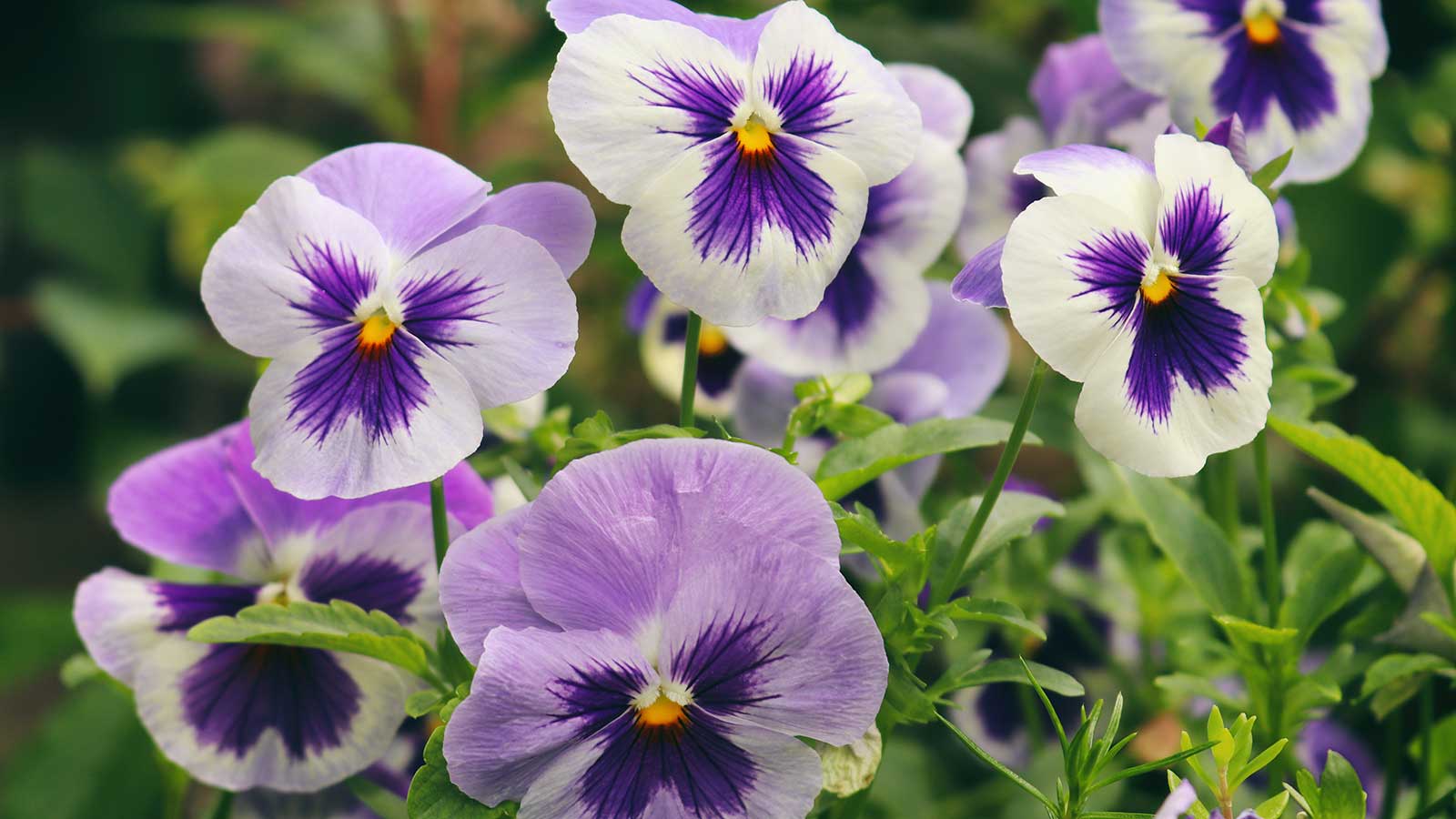

Planting a fall container is a fantastic way to bring seasonal cheer to your outdoor space, whether that's your front porch or backyard patio. Late-summer flowers can still look beautiful at this time of year, but choosing tougher plants will give longevity to your display, seeing you into the winter months.
There are plenty of foliage plants that bring interesting colors, textures and forms to fall planters, and will withstand cooler weather as the season shifts. And while winter-flowering plants, such as hellebores, won't be in their prime quite yet, planting them now will help them settle in before temperatures drop and give you a gorgeous show later on.
It's an ideal approach for busy gardeners, and an enjoyable task to tick off your fall checklist. To help you get inspired, I asked gardening experts for their recommended planting recipes, which you will find below.
Recipe 1: Aromatic and evergreen topiary surrounded by color
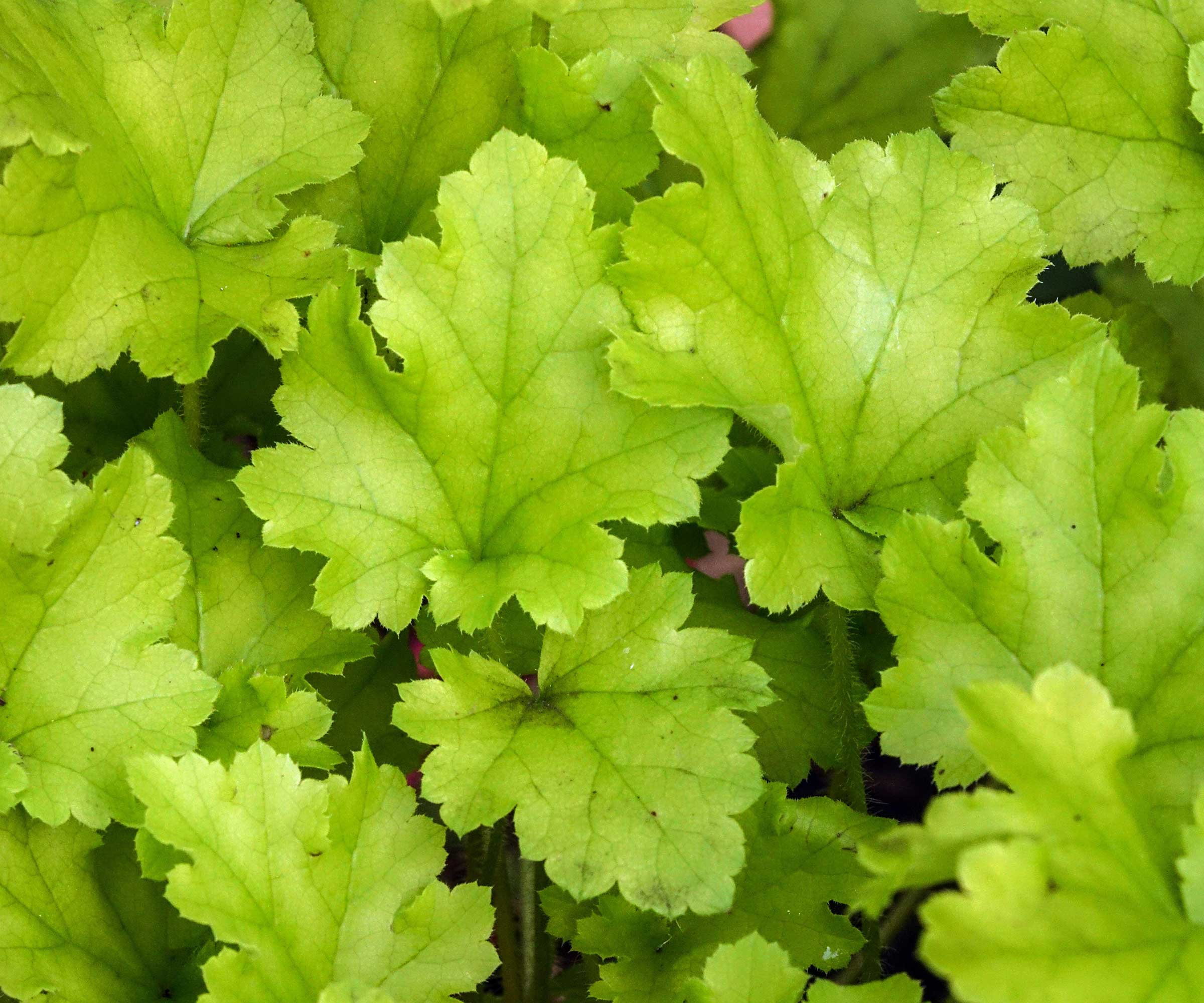
Heuchera 'Lime Marmalade' is perfect for adding a zesty pop of color to this combination
Landscape designer Carmen Johnston recommends an elegant topiary container recipe for our list. 'It's built around my "three Ts" for all my container recipes,' she says, explaining that you always want to use something 'Tall', 'Thick', and 'Trailing' for a well-balanced display.
'The rosemary topiary stands tall as the centerpiece, the hellebores and heucheras form a thick, colorful middle layer, and the variegated ivy trails gracefully over the rim,' she continues. 'The combination of rich purples, soft greens, and silvery foliage brings both warmth and freshness to the winter garden.'
This design shines in full to partial sun, she adds, and does best in a sheltered spot near a front entry or patio, where you can enjoy its fragrance and texture up close all season long.
What you will need:
Design expertise in your inbox – from inspiring decorating ideas and beautiful celebrity homes to practical gardening advice and shopping round-ups.
- 20-24" frost-resistant planter or urn with drainage holes
- High-quality potting mix combined with compost and pine bark fines for structure and drainage
- Gravel or pine bark
- 1 x rosemary ball topiary
- 4 x hellebores (Burpee has a good range)
- 4 x lime green heucheras
- 8 x variegated ivy plants (such as these live variegated ivy plants at Amazon)
- 7 x purple pansies
Planting instructions:
- Begin with a layer of gravel or pine bark at the bottom for drainage.
- Fill the pot three-quarters full with your potting mix.
- Place the rosemary topiary in the center. This is your 'Tall' element.
- Arrange hellebores and heucheras around the base for your 'Thick' layer. Add pansies between them to bring depth and bloom.
- Finish with variegated ivy around the rim to provide the 'Trailing' layer that softens the edges.
- Firm the soil around the roots and water thoroughly to help everything settle.
Carmen says she doesn't leave any gaps between plantings, as she prefers the instant gratification of an overflowing container. 'This is a method I like to call "stuff-n-shove",' she shares.
In terms of ongoing maintenance, she recommends keeping the soil lightly moist, but avoiding overwatering in cold weather. 'A slow-release fertilizer in late winter will encourage early spring growth,' she adds.
You can also prune the display as needed – for instance, Carmen recommends snipping rosemary sprigs for cooking. Faded pansy blooms can also be deadheaded to encourage more to grow.
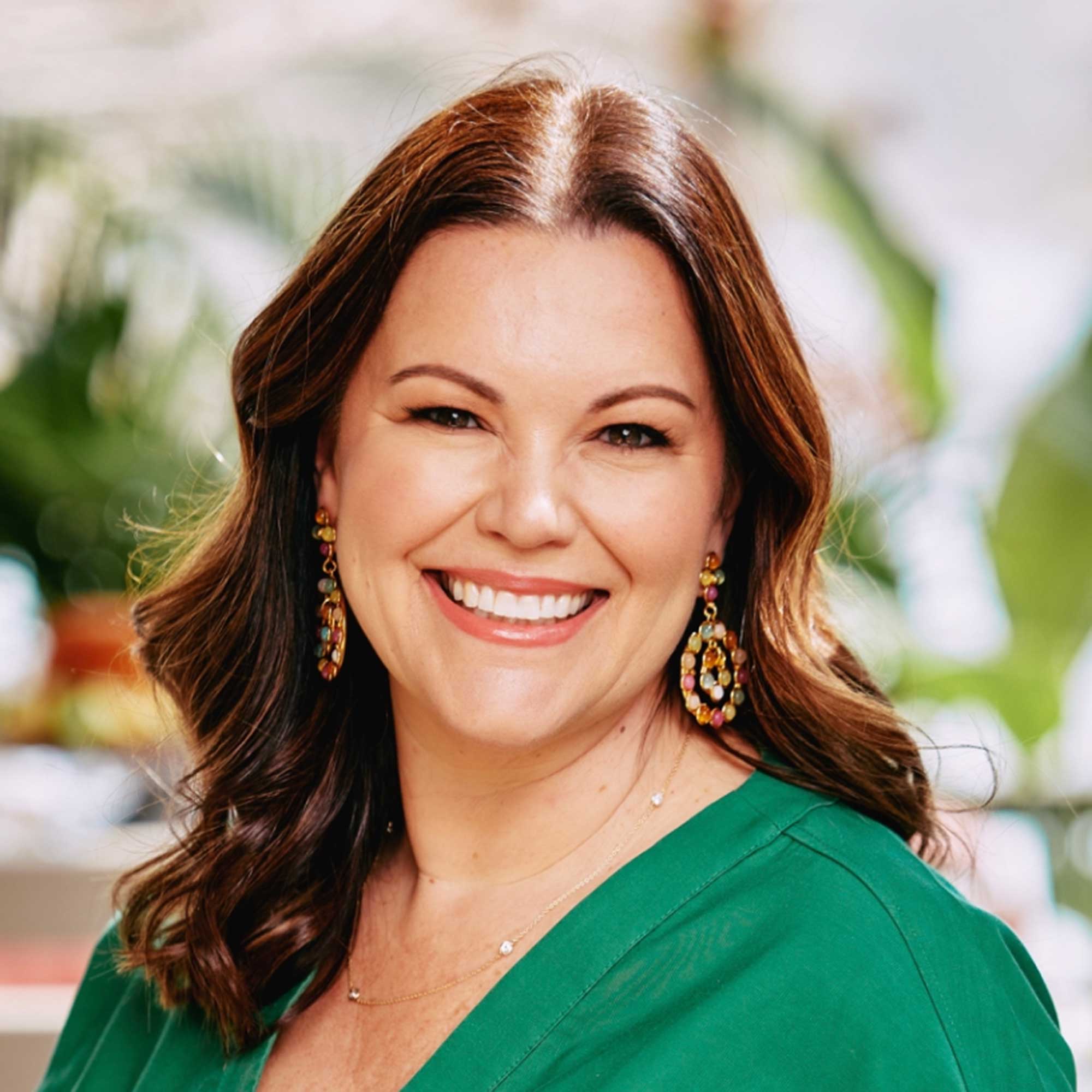
Carmen Johnston is a landscape designer and garden lifestyle expert known for her fresh take on traditional design. Through Carmen Johnston Gardens, she teaches homeowners how to create elegant, low-maintenance outdoor spaces that feel welcoming and timeless in every season. Her motto is 'I am your best friend in the garden!'.
Garden writer and coach Jo Ellen Meyers Sharp recommends a similar fall container recipe – combining three hellebores and three heucheras with a dwarf pyramid-shaped boxwood for height, in a container that's 18 or 20 inches wide.
'If the container is round and seen from one side, plant the boxwood toward the back. In front of that, plant the hellebores and in front of those, the heuchera,' she says. 'If the container is round and seen from all sides, plant the boxwood in the center. Around the boxwood, place the hellebores with heuchera along the edge. Or, plant the perennials in a triangle around the boxwood.
'You can apply an all-purpose fertilizer in spring when new growth starts,' Jo Ellen continues. 'I like Espoma Flower-tone. Be sure to read and follow label directions.
'If any leaves get winter burn and turn brown, snip them off,' she adds.

Jo Ellen Meyers Sharp, who blogs at Hoosiergardener.com, is an author, speaker, freelance writer and garden coach. She plants about 50 containers four times a year for residential and commercial properties. She’s a member of Garden Communicators International’s Hall of Fame and a National Garden Bureau Member.
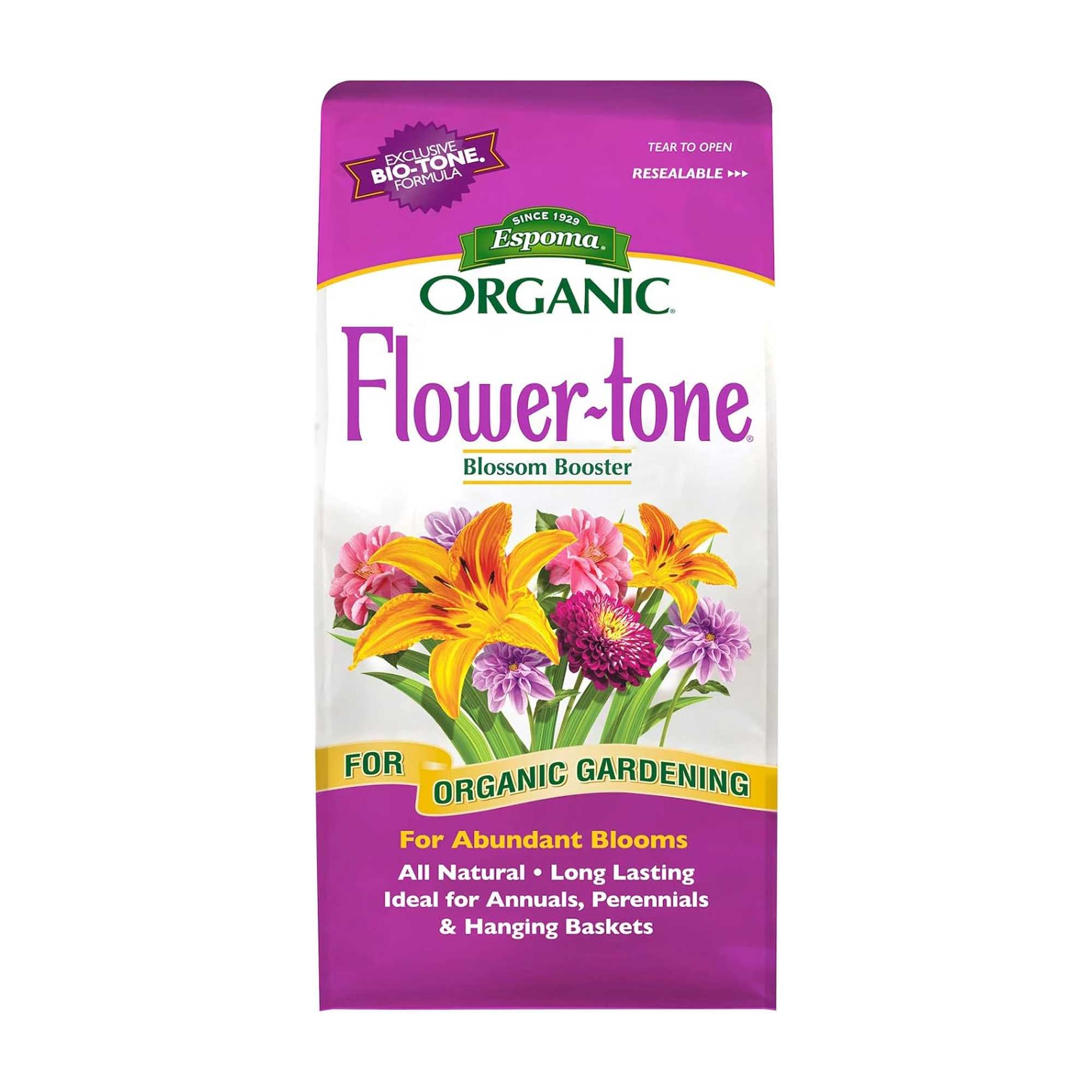
Encourage plenty of blooms in your containers with this highly-rated, long-lasting, natural fertilizer.
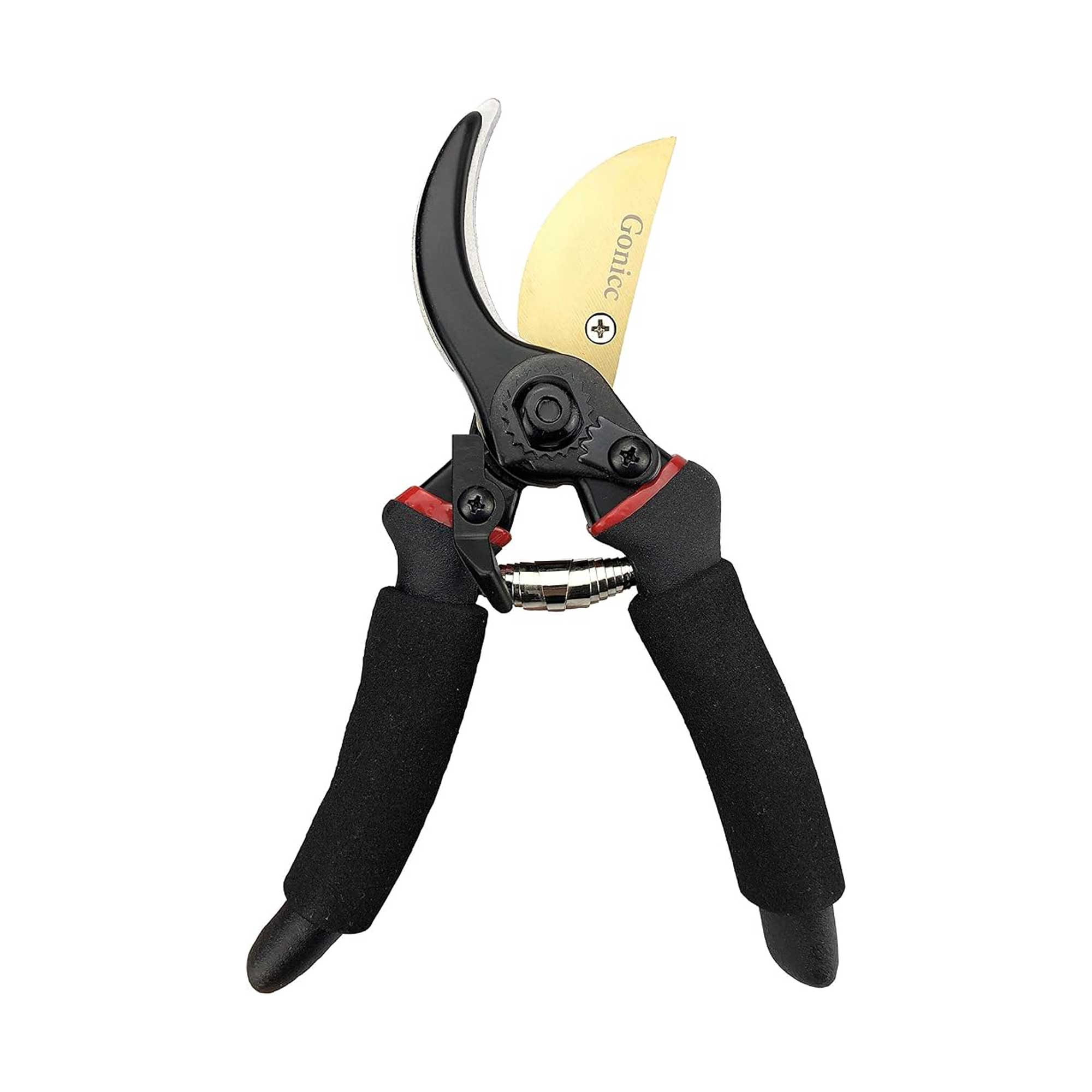
A popular pair of pruners with non-slip handles – perfect for lightly pruning and deadheading your container displays.
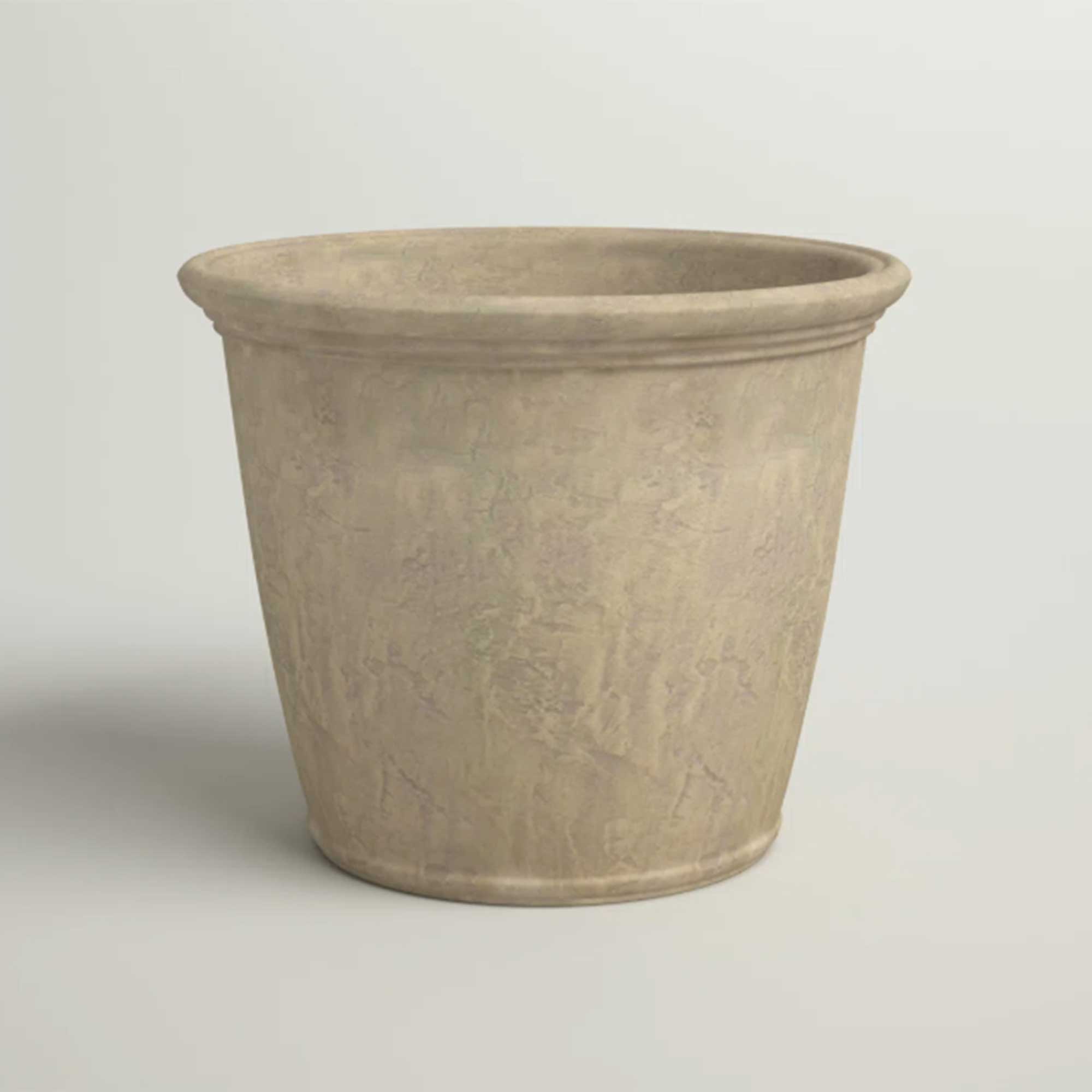
This 24", weather-resistant, polyresin container offers plenty of room for your display, and there are various colors to choose from.
Recipe 2: A simple yet show-stopping planting duo for shade
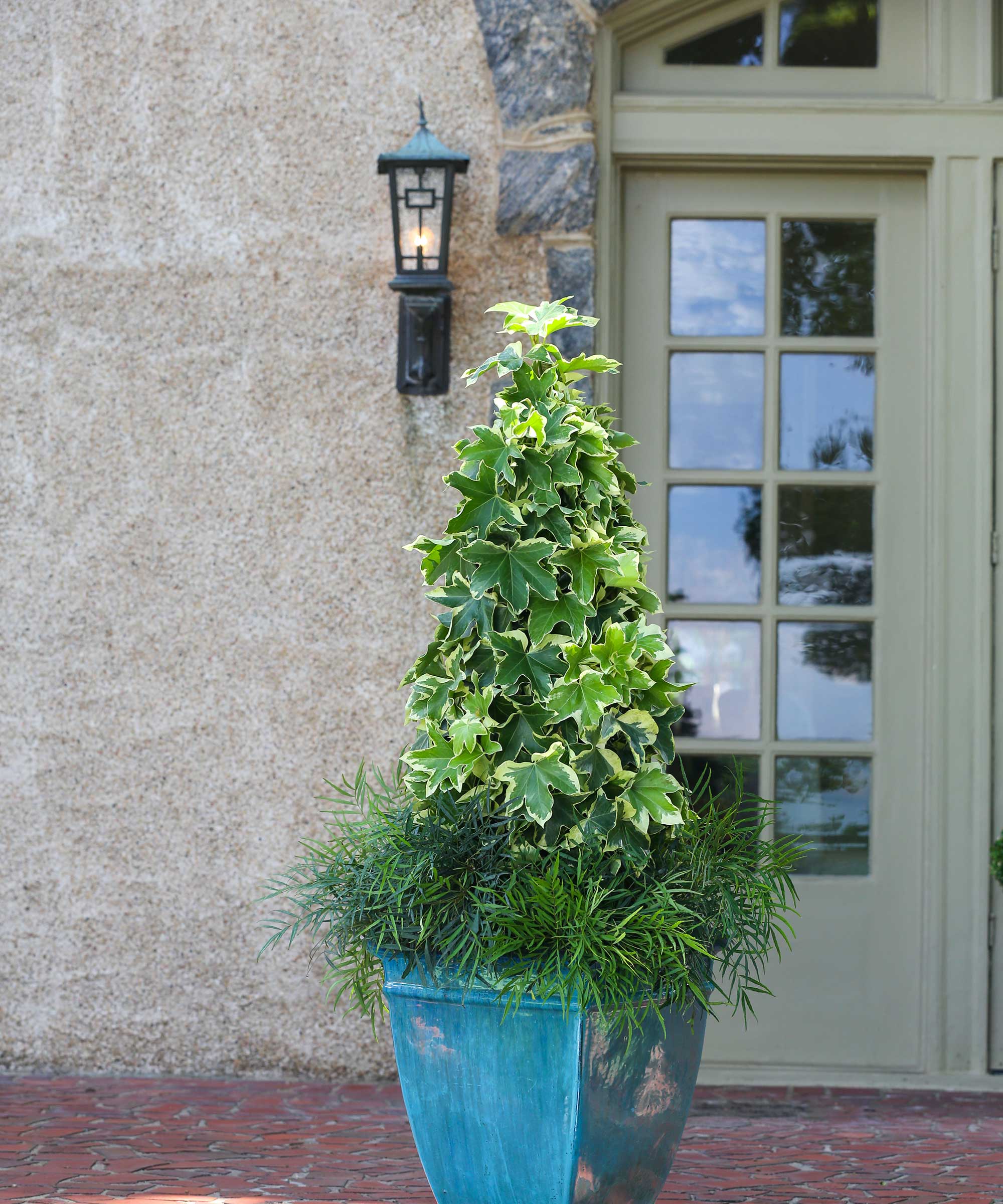
This design creates a bold statement
Linda Vater, National Garden Bureau member, garden designer, and plant expert on behalf of Southern Living® Plant Collection, shares a fabulous, evergreen combo that's ideal for a full-shade container. And, it only requires two plants: the 'Angyo Star' fatshedera and the 'Soft Caress' mahonia.
'It's the perfect cool-season recipe because of the bright, textural contrast of the variegated ivy-like leaves paired with a particularly delicate mahonia variety,' she says. 'And notably, the yellow winter blooms of "Soft Caress" generate both joy and pollinator interest in the gloomiest months.'
What you will need:
- 16-20" container with excellent drainage
- 6-8' trellis, obelisk or tuteur
- Moist, well-drained potting soil that is enriched with organic matter
- 1 x fatshedera 'Angyo Star' (You can get live fatshedera 'Angyo Star' plants at Amazon)
- 1 x mahonia 'Soft Caress' (Such as this live mahonia 'Soft Caress' plant at Amazon)
Planting instructions:
- Add potting soil to your planter.
- Position 'Angyo Star' near the back of the container, with support. If using a trellis, plan to place the container near a wall.
- The 'Soft Caress' mahonia should be planted in the front two-thirds of the container.
- Gently firm in and water.
Linda says this planting combination will perform best if the soil remains moist, but not soggy. 'Hold off on fertilizing until late winter or early spring and use a balanced, slow-release fertilizer,' she adds. You may need to prune 'Angyo Star' as needed, to control its size.

Linda Vater is a plant expert on behalf of Southern Living® Plant Collection. A self-taught garden designer, content creator, and author of several books, Linda views all of life through a gardening lens.
Recipe 3: An exuberant display of vibrant foliage
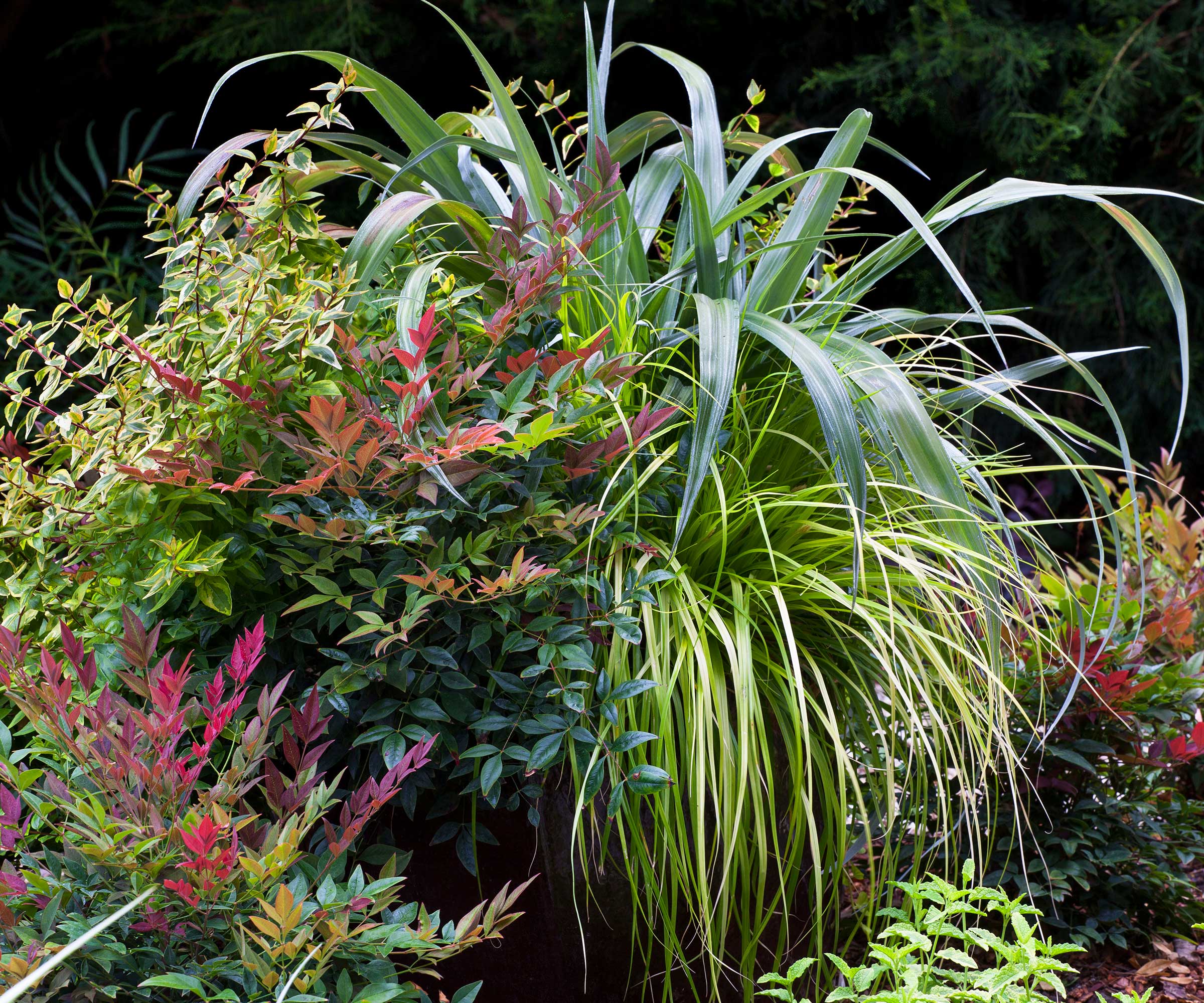
This arrangement brings plenty of drama to a space
Looking for a more colorful display? Linda also recommends this planting recipe, which brings together plenty of bold shades.
'The brilliant golden-green arch of the carex EverColor® "Everillo" contrasts beautifully against the vibrant, ruby-red of Obsession™ nandina and the multi-hued variegation of "Kaleidoscope" abelia,' she says. 'Anchored by the soft, shimmering texture of astelia "Silver Shadow", this is truly a masterpiece of color and texture.
'I would recommend framing this smoldering combo in a bright spot with morning sun and dappled afternoon shade to really make those colors glow.'
What you will need:
- 24-30" container with excellent drainage
- Moist, well-drained potting soil enriched with organic matter
- 1 x nandina Obsession™ (like this live nandina Obsession™ shrub at Amazon)
- 1 x astelia 'Silver Shadow'
- 1 x carex EverColor® 'Everillo' (you can get a live carex EverColor® 'Everillo' plant at Amazon)
- 1 x abelia 'Kaleidoscope' (you can get a live abelia 'Kaleidoscope' plant at Amazon)
Planting instructions:
- Add potting soil to your container.
- Anchor the back of the container with the astelia ‘Silver Shadow’ to add structure and height.
- Define the left side with the delicate red foliage of Obsession™ nandina and ‘Kaleidoscope’ abelia.
- Balance the right with the golden spill of 'Everillo' carex.
- Gently firm in and and water.
'The "Kaleidoscope" may put on some growth in spring that can be pruned to a container-friendly size as preferred,' says Linda. She also notes how the plants can be transplanted into the landscape after several seasons, where they will thrive in a partial sun setting.
Recipe 4: A mix of textures and bright hues
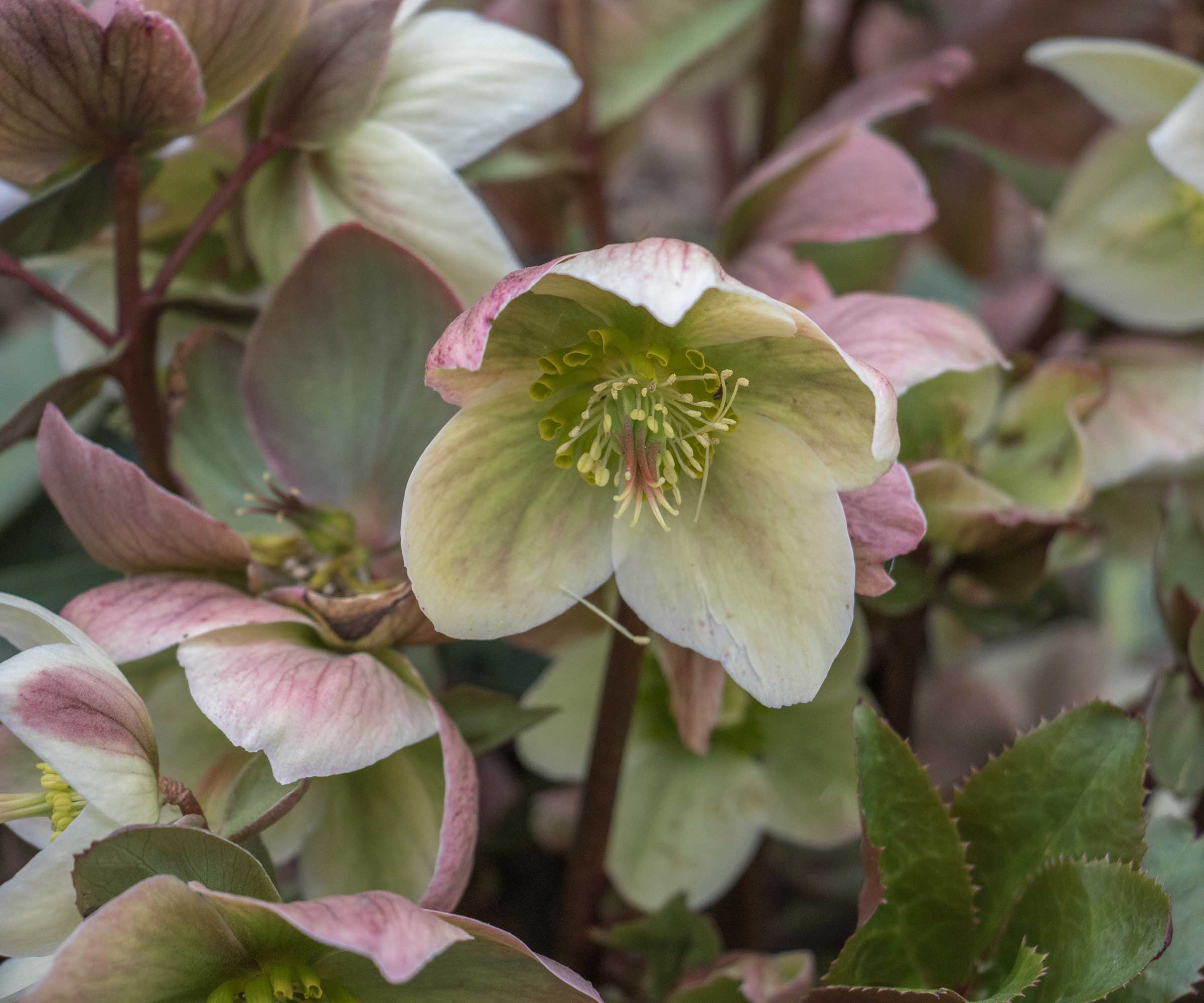
The 'Ivory Prince' hellebore will flower in late winter
Kevin Lenhart, design director at Yardzen, uses a winter bloomer as a container centerpiece, with hellebores being one of his favorites.
For a companion filler, he adds bright, warmer colored foliage, like a light-colored variety of coral bells. 'To add contrast, use a finely textured grass to round out the combination,' he says. 'Lastly, a spiller cascading over the container rim adds a dynamic element.'
His recipe is perfect for a full-sun to part-sun location.
What you will need:
- A deep container, at least 18" in size, with drainage
- Quality potting soil
- 2-3" layer of lava rock
- Decorative mulch
- 1 x hellebore 'Ivory Prince' (available at Amazon)
- 2 x heucheras 'Paprika'
- 3 x Festuca glauca (available to buy from Nature Hills)
- 2 x Lysimachia nummularia (otherwise known as creeping Jenny, and also available to buy from Nature Hills)
Planting instructions:
- Add a 2-3” layer of lava rock at the bottom of the pot. Then, fill in with a quality, dedicated potting soil.
- Add your planting arrangement, starting with the centerpiece, then the fillers, and finish up with the trailing plants. Pack in the soil a little to prevent too much sinking; ideally, you are left with about 2-3” from the soil level to the rim of the container.
- Finish up by using a decorative mulch like micro bark or moss to complete the look.
'Keep soil moist, but not wet, and deadhead flowers to promote further blooming,' Kevin says. 'Trim leaves if dead or brown and to keep some separation between plants.'

Kevin Lenhart is Yardzen's design director. He received a M.S. in Landscape Architecture from the University of California, Berkeley. A father of two young sons, he's passionate about outdoor spaces that are beautiful, do good for the planet, and get families outside.
FAQs
How can you update your container throughout the seasons?
If you're using evergreen plants as your framework, consider switching up seasonal bedding plants and accessories over time to keep your display looking fresh. For instance, Jo Ellen recommends adding pumpkins or gourds to fill empty spaces for fall, or using traditional fall plants, such as Swiss chards, ornamental kale or cabbage, fall-hued grasses, or a few chrysanthemums for pops of color.
As the season transitions, consider replacing these fall-themed additions with winter or holiday decorations. 'Ornaments, pinecones, spray-painted birch branches, red stem dogwood branches and a few pieces of greenery can be added for texture,' Jo Ellen says. 'If you use red decorations, pull them after the holidays and your container retakes its winter look.'
How should you care for fall containers into winter?
There are a few ways to help keep your fall displays protected and cared for so that they last into winter.
For instance, Carmen recommends using frost-resistant pots with good drainage to prevent cracking. On a similar note, Linda warns that terracotta containers generally dry out faster and are more susceptible to freeze damage than other materials.
Carmen also recommends adding a layer of mulch or pine straw over the soil to protect roots during extreme cold, and grouping containers for insulation (this will also create a stronger visual impact). And, if temperatures drop well below freezing, she suggests covering tender plants with a good frost cloth.
Lastly, be sure to consider your hardiness zone when choosing plants for your containers. Linda recommends picking varieties that are hardy to at least two USDA Zones colder than your own climate. 'For example, if you live in USDA Zone 8, you'll want to find plants that are cold-hardy to at least USDA Zone 6.'
If you're looking for more container ideas for your fall garden, our list of fall flowers for pots is full of stunning picks. Or, if you love to celebrate the spooky side of the season, we've rounded up plenty of Halloween porch planting inspiration in our dedicated guide. And don't forget to bring some seasonal magic into your interior scheme, too, by decorating with fall foliage and flowers.
Shop more container gardening accessories
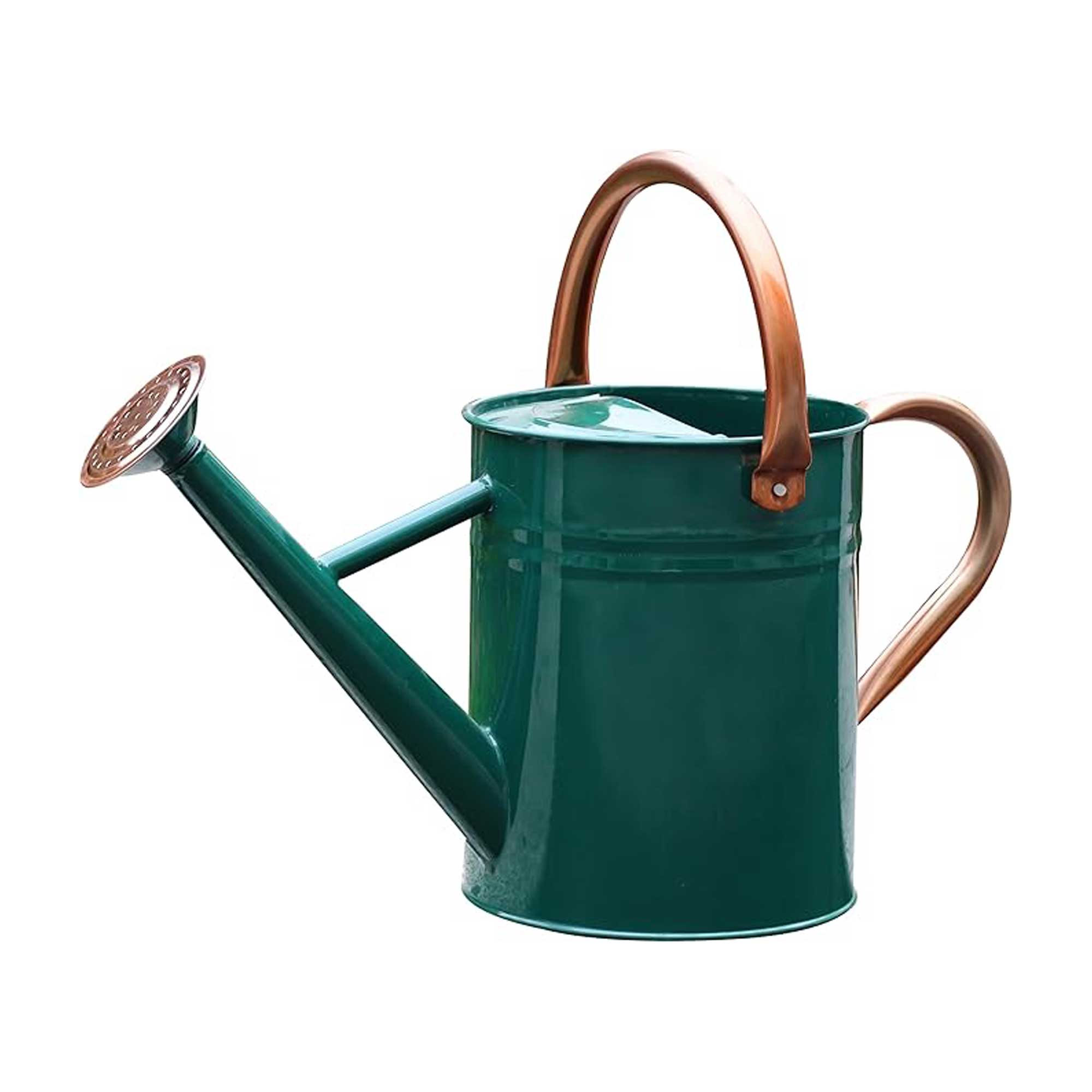
Keep your container plants hydrated in dry spells with this stylish 1-gallon watering can with a removable spout.
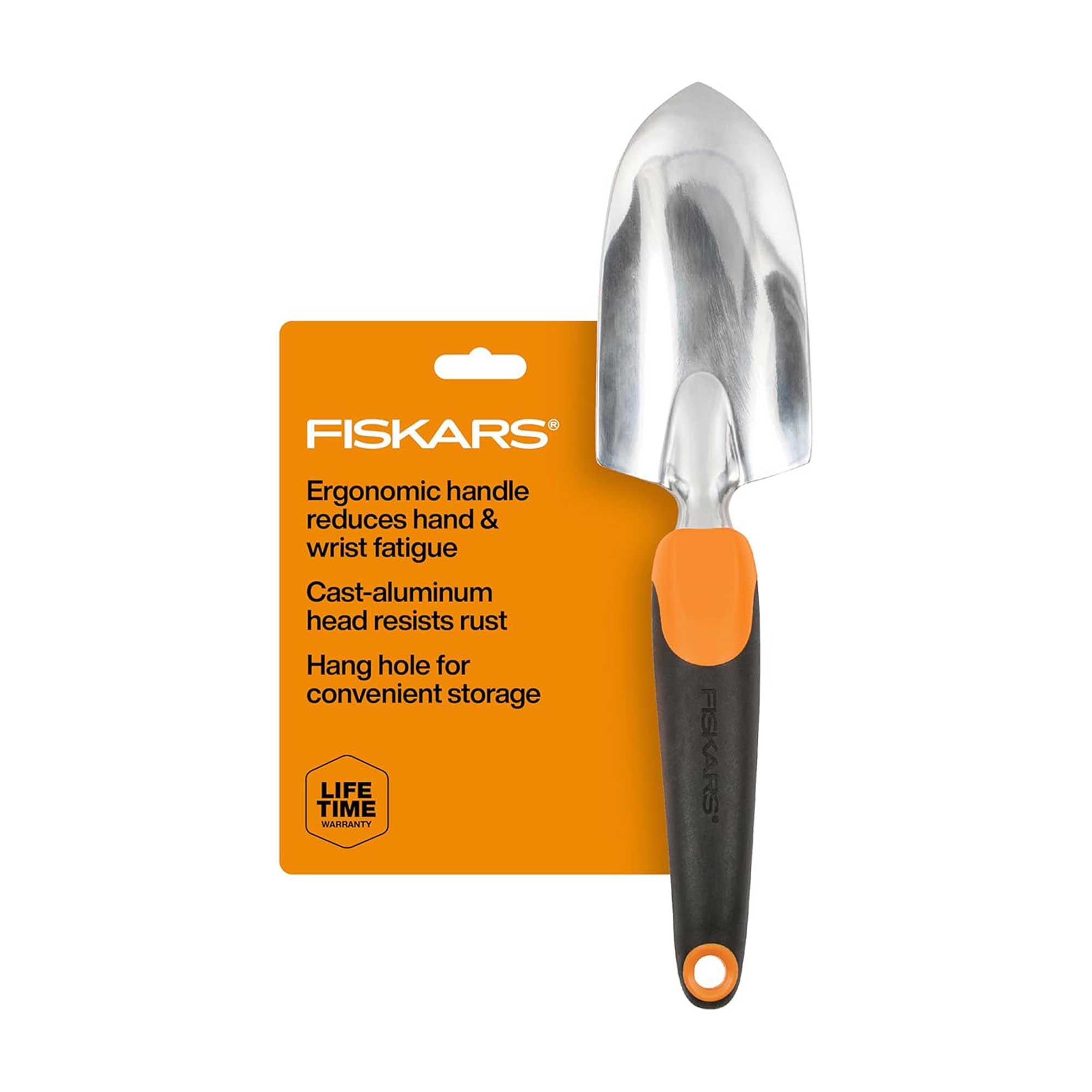
A hand trowel is an essential tool for any gardener, and this durable and ergonomic one is at a great price.
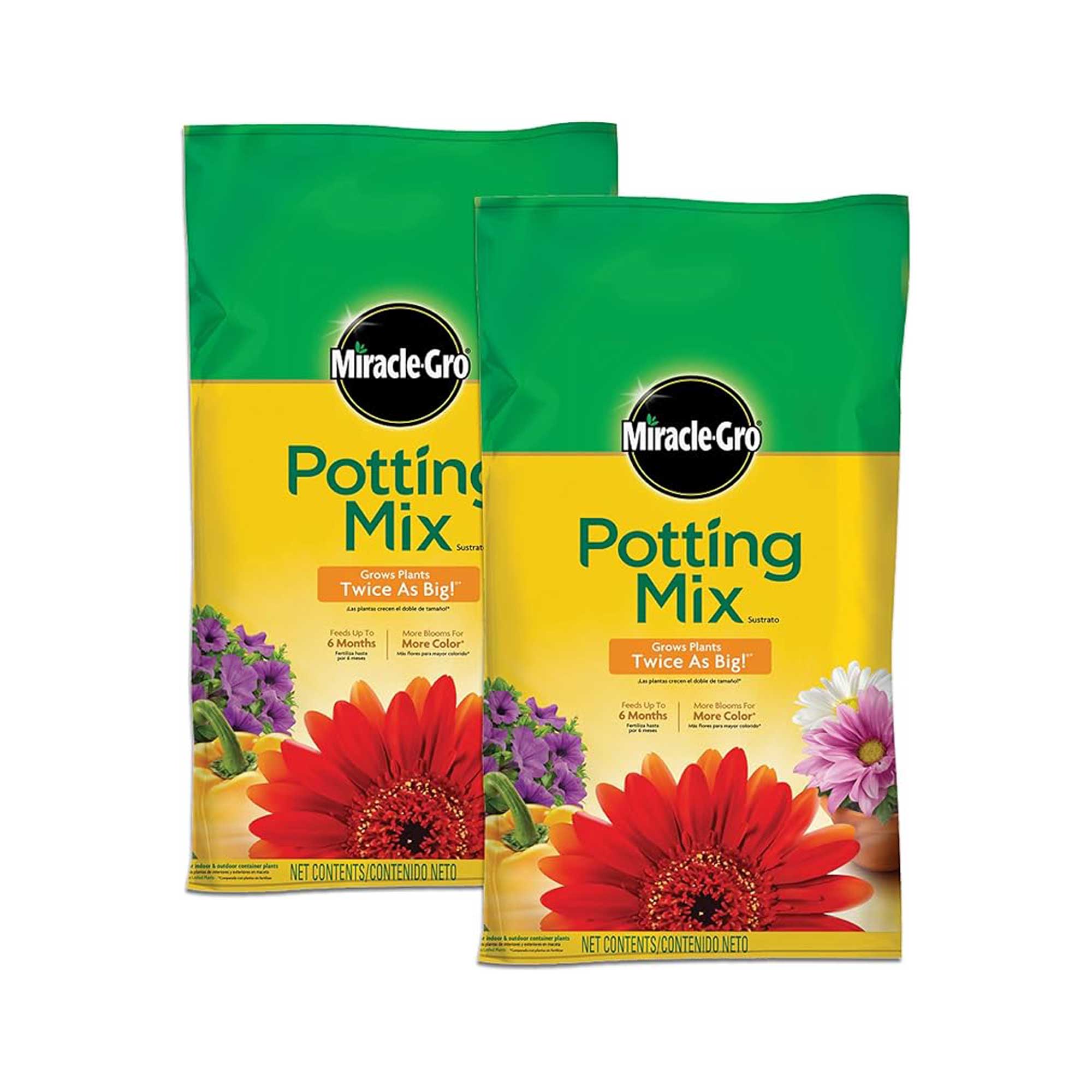
This well-rated potting soil feeds plants for up to six months to help them thrive. Comes in a pack of two.
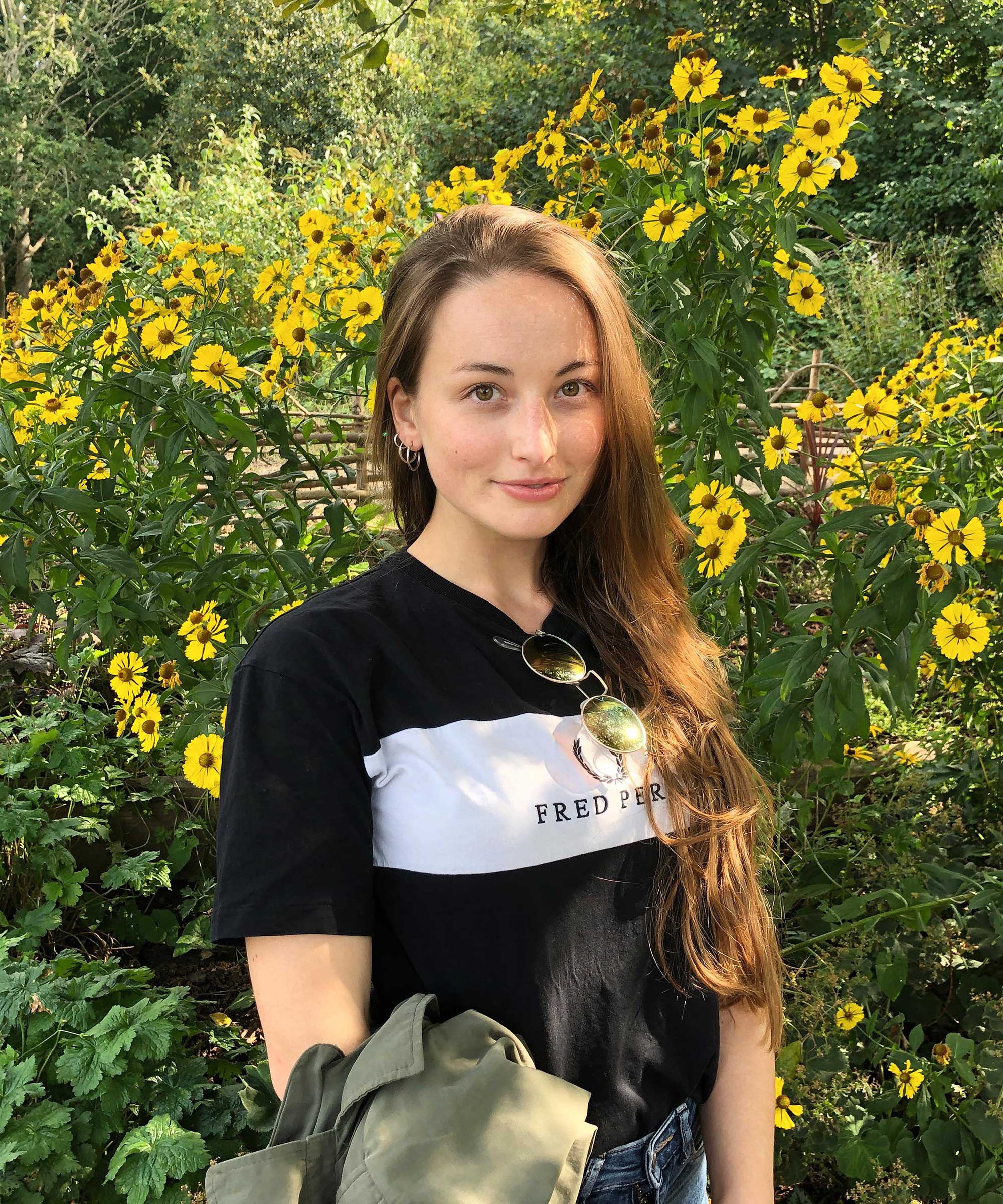
Holly started writing about gardening five years ago, and she is a regular contributor to Homes & Gardens. She has also written many gardening features for Woman & Home and Real Homes, too. She has previous experience as a professional gardener, where she helped to plant and maintain private gardens. Holly has also looked after allotment plots over the years and loves to grow her own flowers and veggies from seed. In her spare time, she enjoys visiting local gardens, botanical drawing, and tending to her ever-growing collection of houseplants.